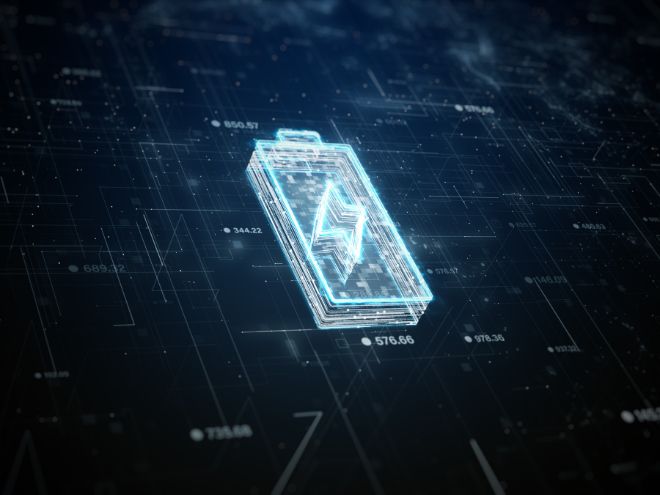![]()
Battery Subscriptions
TechInsights offers a range of Battery Subscriptions, each focused on a different level of practical battery analysis.
Understand which battery technologies are being used by industry leaders and how they are being used in real-world products.

The Lithium-Ion battery market is expected to grow from $31B in 2019 to reach $100 billion in 2026 (Research and Markets) driven by smartphones, electric vehicles, laptops, power storage, rechargeable tools.
The Battery Advantage
TechInsights battery subscriptions continue to evolve to address several key challenges: battery life, energy density/weight, battery safety, cost reduction, charging speed, temperature performance, and battery management complexity.
Battery Channels
TechInsights battery reports work together to provide a complete picture for companies that need to make product development, pack and cell development, or other important business decisions related to rechargeable battery technology.
This content profiles the innovations impacting battery life extension, energy density, safety, cost reduction, charging speed, etc. The analysis includes materials and structural analysis (anode, cathode, electrolyte, and separator) of innovative lithium-ion battery cells found in phones, wearables, laptops, tablets, pens, and more. The analysis will also show details on the battery pack, its fit in the source device, and the components found on the battery protection control module.
- Computerized tomography x-ray (CT) of battery cell structures/volume
- Cell Cross Sectional Analysis: Covers internal structure of the battery including Optical and SEM and SEM-EDS imaging
- Plan-view SEM materials analysis to identify size and layered structure of particles
- TEM and TEM-EDS Materials Analysis
- Time-of-flight secondary ion mass spectrometry (TOF-SIMS)
- X-ray photoelectron spectroscopy (XPS)
- Fourier Transform Infrared Spectroscopy (FTIR) and RAMAN analysis
- X-ray diffraction (XRD) analysis
- Inductive Plasma (ICP) analysis
- Gas chromatography mass spectrometry (GC-MS)
This content covers cells from a range of market applications, with a focus on mobile and smaller (wearable, pens, etc.) form-factors from leading OEMs. The analysis provides insight into the thermal characteristics of devices during wireless and wired charging as well as lithium-ion battery performance during operation over a range of different conditions.






